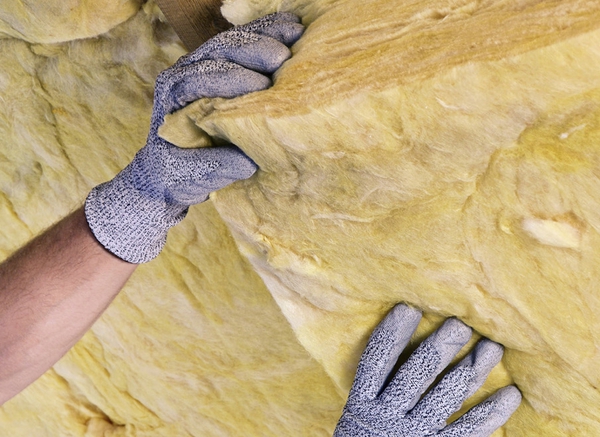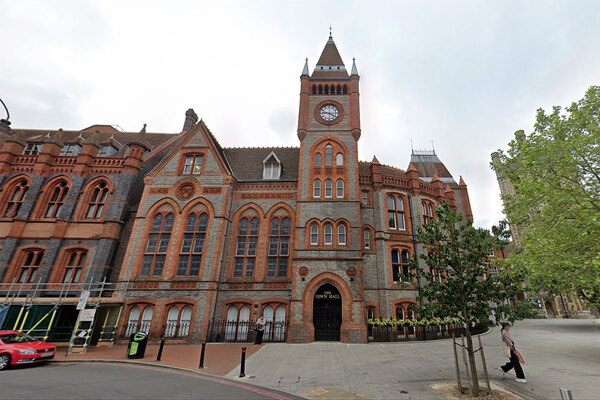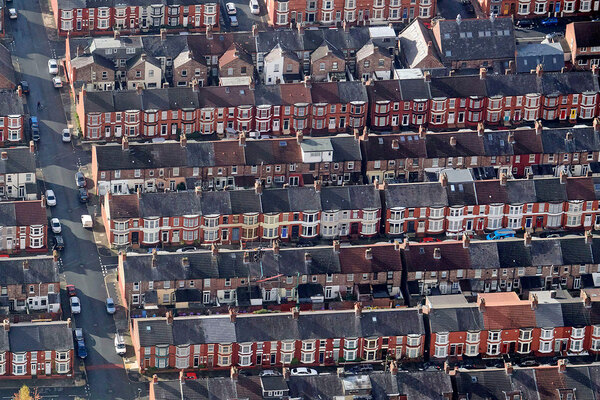You are viewing 1 of your 1 free articles
Breaking the mould
Simon Brandon unearths an unexpected consequence of retrofitting social homes with energy-saving features
At a time of rising fuel prices and fuel poverty, retrofitting older social housing stock has been a boon to hundreds of thousands of low-income households.
Government subsidies such as Decent Homes and the energy company obligation (ECO), as well as works carried out by individual landlords, have allowed more tenants every year to heat their homes without emptying their wallets.
So far, so good. But a research project in Cornwall has unearthed an unintended consequence of all this extra insulation and double-glazing: it may be contributing to incidences of respiratory illness.
The project is a collaboration between 4,000 home Truro-based landlord Coastline Housing and the European Centre for Environment and Human Health, part of the University of Exeter Medical School.
‘We have tried to find out how damp and mould affect people in their homes’
Since it began two years ago, researchers from the university have sent out postal questionnaires to tenants and conducted surveys of Coastline’s properties.
The study’s findings have not yet been published and remain confidential, but one conclusion is clear: a more thermally efficient home can actually encourage the growth of mould.
Mould can contribute to respiratory infections, allergies and asthma, particularly in older people and children.
So this is bad news for tenants.
‘We’ve looked at properties where we have increased energy efficiency alongside identical homes - in the same street, in some cases - that couldn’t have that work done with the grant available at the time,’ explains Mark England, head of technical services at Coastline.
‘We are then able to pick properties that are identical in every aspect and in which the families are as close a match as we can get, but one property is well insulated and the other is not so well insulated.’
The researchers have found that humidity levels in the better insulated home are higher than expected - creating conditions in which mould can flourish.
Richard Sharpe, a PhD student at the University of Exeter - his thesis is on ‘Health and Housing’ - is one of the authors of the forthcoming report.
‘We have tried to find out how damp and mould affect people in their homes,’ says Mr Sharpe. ‘So far we’ve shown that a complex mix of factors relating to occupant behaviour and building environments can impact on the presence of damp and mould in a property. These issues can affect health.’
The way tenants and residents interact with their property following improvement works is one of the biggest drivers behind how the property behaves, says Mr England.
‘Obviously an empty property would behave quite well,’ he adds. ‘Then you introduce lots of people and things change.’
Imagine a family living in an older, poorly insulated home. It is expensive to heat, so the family would ensure that as little of that heat escapes as possible. They keep the windows closed and perhaps only heat one or two rooms at a time.
Those behaviours might be the best way to conserve energy in a thermally inefficient home. However, in a retrofitted, very efficient property, such behaviour might help to exacerbate problems with damp and condensation - and the mould that thrives under those conditions.
‘There is a tendency for those we might describe as fuel poor to perhaps not use central heating as effectively as others might’
‘One of the [behavioural] aspects we are looking at - clearly linked to fuel poverty - is that people don’t want their ventilation fans running and pushing heat out of the building,’ says Mr England. ‘People are trying to save money, and one way to do that is to not have your windows open for a couple of hours each day and maybe to turn the ventilation fan off. But then you’re not really allowing that property to breathe.’
There is more to fighting damp and mould in energy-efficient properties than good ventilation. Not heating a home properly can also cause these problems, and the rising cost of fuel has contributed to an increase in condensation reported by social landlords.
Among those is Bedfordshire-based 6,500 home landlord Aragon Housing. Last November it received 76 complaints about damp and mould from tenants - a 300% rise on the same month in 2012.
‘There is a tendency for those we might describe as fuel poor to perhaps not use central heating as effectively as others might - by heating only one room, for example,’ says Richard Medley, director at the Chartered Institute for Housing’s consultancy service.
‘If you have a large contrast in temperature, that is a lot harder to manage in terms of condensation than if you have less differential.’
Therefore behavioural change needs to be effected households used to living with poor insulation. The properties may have been upgraded, but to be effective those changes need to be understood by the people living in them.
‘Behaviour and education both for customers and inside the organisation, are really important,’ says Mr England.
Coastline says it plans to feed its findings into a new asset management strategy that will be drawn up before the end of the year. For Mr Sharpe and his team, the main lesson is simple and urgent.
‘We need to make sure that increasing household energy efficiency is conducted alongside measures to raise awareness of the need to adequately heat and ventilate the home in order to help avoid exposure to damp and mould,’ he says.
The mould facts
Back in December 2013, Inside Housing revealed that many landlords were reporting an increase in damp and mould problems. This was caused by tenants not being able to afford to heat their homes, creating the conditions for damp and mould to fester. The Direct Public Works forum, a membership body for repairs and maintenance teams in the housing sector, surveyed 30 landlords and found that 90% had ‘encountered an increase in condensation problems since fuel poverty began to bite’. Landlords linked the problem to a rise in energy prices.














